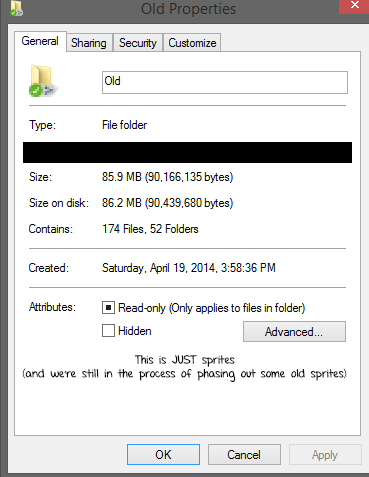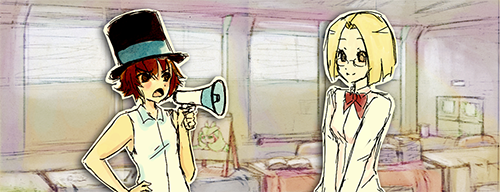Something I’ve been chewing over for a long time has been how I’m tying these three together. I’ve had quite a few disjointed thoughts since the beginning on how I planned to and now that Act 1 is well into its second half, I’ve found a handful of good ways to put all my ideas together. Now, I want to state a handful of things about choices (as it’s the part that easily has the most influence over the other two in the title) before I start jumping all over the place.
`
`
⚫ There should be no non-choices (IE: Choices that appear different but change nothing, choices that all amount to the same decision, or ones that provide minimal additional flavor) in any given decision provided to the reader.
Why? Because it’s irritating to the reader to be handed a false sense of choice or freedom.
`
`
⚫Each choice should have some sort of lasting effect on the story.
Why? Well, what’s the point of making a decision if it doesn’t actually matter? I might as well just skip the extra coding for someone else and just make it part of the narrative.
`
`
⚫ Choices should be neither too vague, nor heavy-handed; it also goes without saying that they shouldn’t mislead the reader, either.
This should be pretty obvious. The choices that lead to good or bad results shouldn’t be immediately apparent, as choices are what give the reader pause to evaluate the character, the situation, the atmosphere and a load of other minutia that helps keep them focused and engaged in what they’re reading. As for the latter part, no one likes being given a red herring for a choice, to find out what seemed to be the obvious good choice has lead them to getting hit by a metaphorical truck because the protagonist said something unpredictable.
I also recently brought up making it so that there could be a line of internal dialogue from Oliver pending on what choice the reader is hovering over, so on more ambiguous choices, you’d have a little insight into how he’ll behave. This is a pretty new idea and involves UI/programming, so consider it non-existant until otherwise stated as it could interfere with our current (and stable) design choices.
`
`
⚫ No choices should immediately lead the reader to an immediate bad end.
See the previous explanation. Additionally, if I didn’t follow the previous rules, odds are it’ll be obvious and skipped, or the reader will get annoyed for it being too subtle to tell it was a bad decision. On top of all that, it’s annoying and jarring to be put in a situation where you’re forced back to the main menu to retread the writing (or hold the skip key until you get to the choice) so you can return to where you were. It breaks immersion and generally doesn’t have as much effect as compared to a person being invested in a negative ending.
With these guidelines in mind, I’ve built the world of WiP around the idea that there shouldn’t be anything that wanders too far into what I categorize as needless. Each of the characters have a purpose that you can and will want to engage in, even though you can’t pursue each in the way I have planned out. This is where the choices begin becoming important! They each have their own pasts and personalities past what you just happen to bump into as a result of Caprice or Mekki trying to save Oliver from his own incompetence.
Despite the two main females being there to assist Oliver, Oliver will inevitably have to seek help from outside sources in a number of situations, which is where the respective club members start elbowing their way into play to help the ever-struggling Oliver with things that are beyond his knowledge.
So, where does failure come into play? I’ve already covered how I handle choices and generally described the importance of the supporting characters. Therein lies the rub. I’ve begun to think that the second half of act one shouldn’t have a branching tree for failure. Throughout the first act, you’ll be given bits of insight as to what the conflict is between Caprice and Mekki and how to handle it, along with choices that’ll bring you different avenues of insight regarding that person, as well as others.
I’ve begun thinking, “Why would I want to yank that out from under someone?”. I still have yet to come up with a good reason. All the good stuff starts in the first act. In the second act, things begin to get more complex for the reader and Oliver, which is also where I think the real opportunity for failure should be set. The first act is eases Oliver into the more difficult problems of act two, which’ll make “Man, I’m gonna flunk out of a community college” pale by comparison. The third act will end up being a lot more perilous and he’ll have to rely on the friends he’s (somehow) made throughout the first and second acts to keep him and the people closest to him afloat.
I suppose while I’m here, I’ll mention a small idea I’ve been toying around with for those two more problem-riddled acts. Naturally as things get more tense, between Oliver, Mekki and a number of other people, they’ll argue. I figure, hey, instead of just having Oliver and someone duke it out while the reader watches and waits for the smoke to clear, why not let the reader participate? Provided the system is implemented, I want there to be multiple choices during a heated argument, with good and bad choices peppered throughout them. It’ll be up to the person reading the visual novel to decide when to push, when to back off, when to apologize or when to not give in to the pressure. It won’t be timed (who likes timed sections in ANYTHING?), but I’m trying to come up with ways that’ll really capture the machine-gun pace of a high-tempo argument where sensibility isn’t necessarily involved. Can Oliver argue down Caprice? Might have to find out later.
I think I’ve dragged on long enough, yeah? With any hope, some of what I’ve talked about is informative or interesting.
Oh yeah, one last thing. I’m gonna be rewriting the character bios in the future, since, well. Eh. Most of them suck. Too much addressing the audience (amongst other shortcomings), which I feel is a cheap tactic to get a character across to the person reading their information. It’s pretty old, so it could use a new coat of polish. That should be it. ‘Til next time.
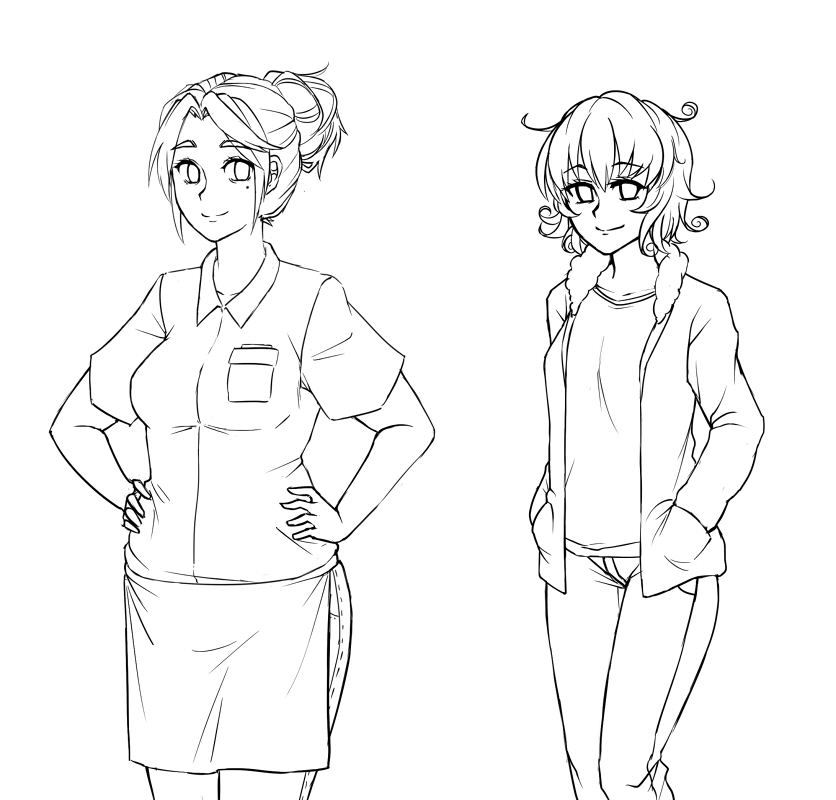





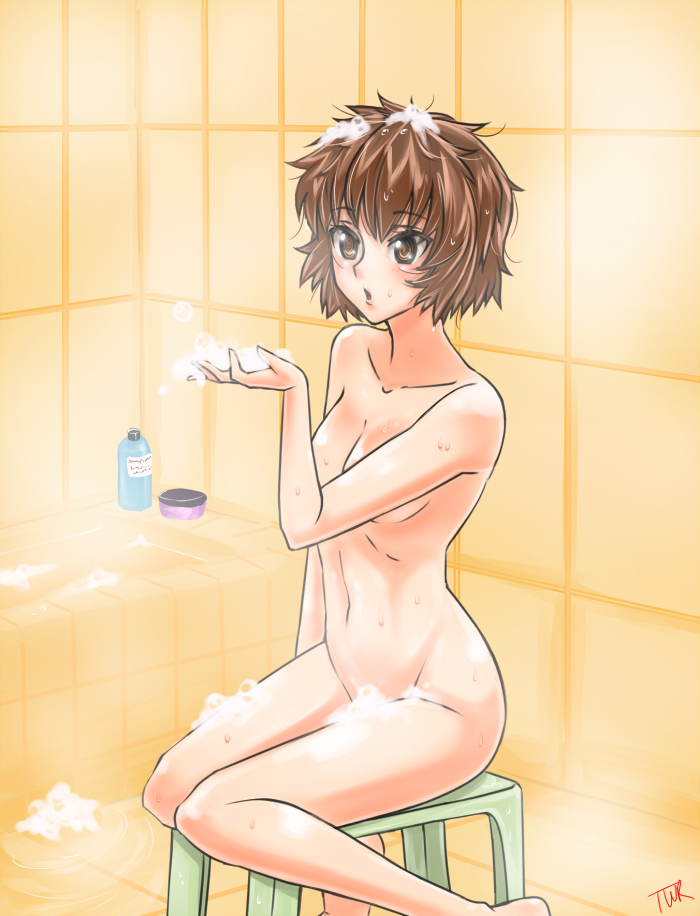
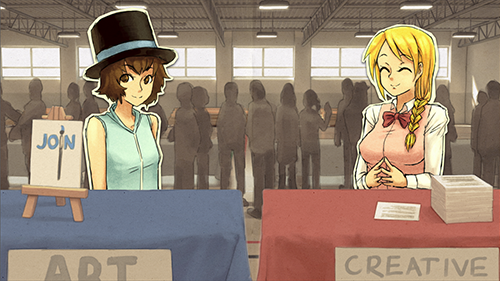 There are three things I prioritize when looking at
development, both from organizing as well as actually creating assets myself:
consistency, equality, and acknowledging the medium that we’re using. While
some/most/all(?) of this is common knowledge I’m sure, I’ve had the itch to
actually push some kind of paper trail myself lately so I’m gonna run thru how
I approach those three pillars and why I think WiP will stand out from others
by taking these things to heart.
There are three things I prioritize when looking at
development, both from organizing as well as actually creating assets myself:
consistency, equality, and acknowledging the medium that we’re using. While
some/most/all(?) of this is common knowledge I’m sure, I’ve had the itch to
actually push some kind of paper trail myself lately so I’m gonna run thru how
I approach those three pillars and why I think WiP will stand out from others
by taking these things to heart.